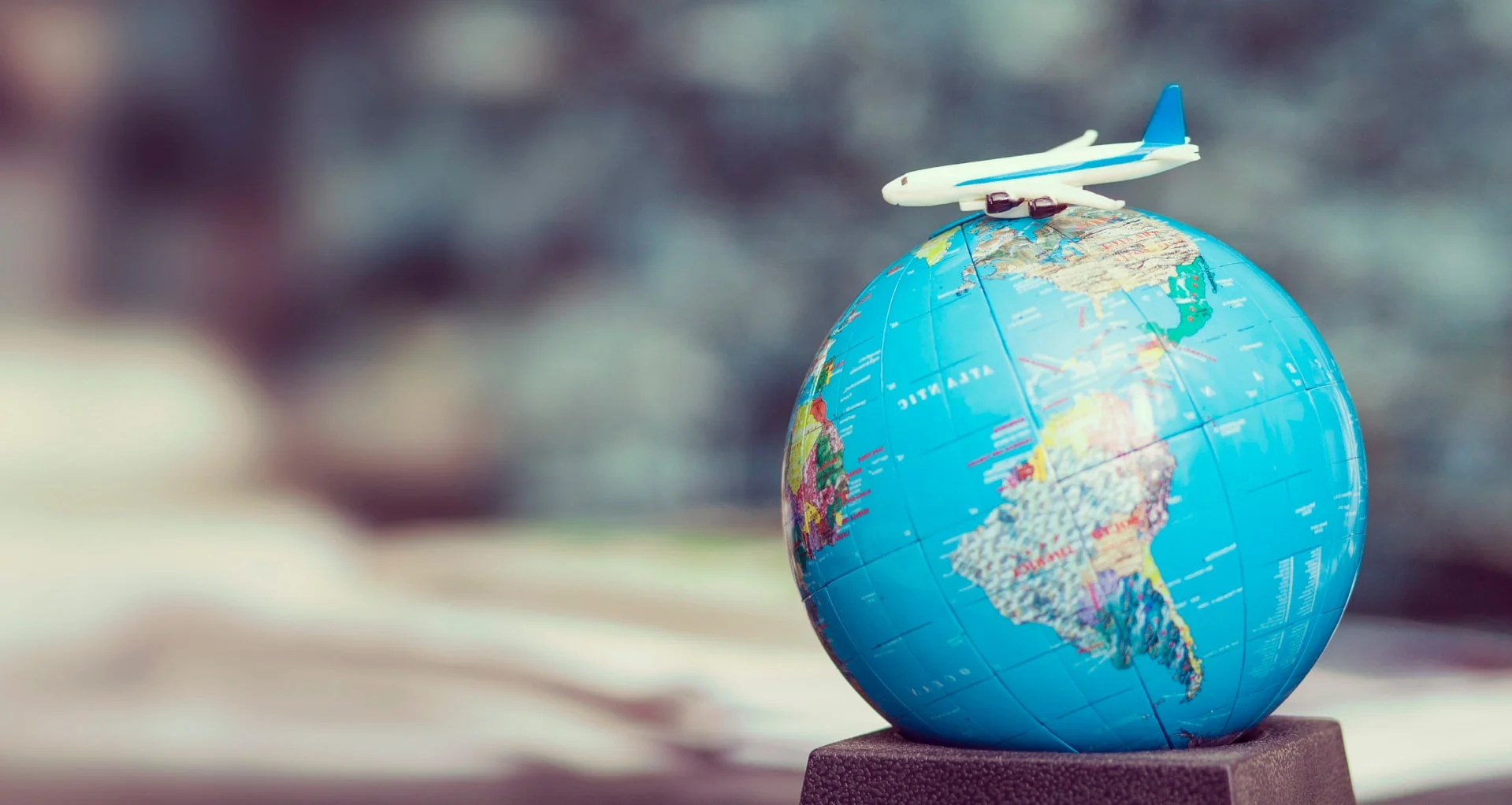
Travel Articles
Filter
Our travel blog will be a great guide for your travel in the Caucasus and Central Asia. Here you will find great tips for your trip preparation, as well as lot's of useful information about culture, history, food and accommodation in Armenia, Georgia, Azerbaijan and five Stans. Here we share our local opinion and recommendations.
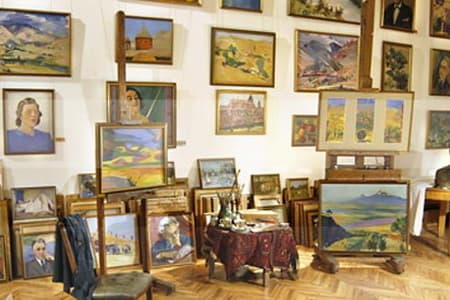
House-Museum of Martiros Saryan
Martiros Saryan is one of the greatest artists of the 20th century, the founder of the Armenian national contemporary school of painting. Saryan was born on February 28, 1880 in New Nakhichevan. As a prominent public figure, he headed the Union of Artists of Armenia from 1945-1951. His works are mainly preserved and exhibited in the National Gallery of Armenia, as well as in the best museums of the CIS, the USA, France and other countries.
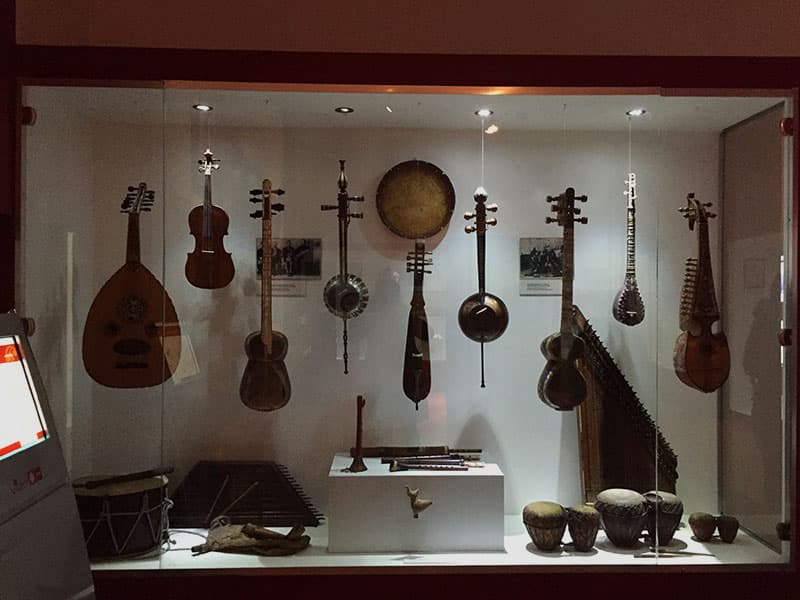
Literature & Art Museum
Literature & Art Museum after Yeghishe Charents was opened in 1921. The museum represents a collection of more than 1 million pieces of Armenian literature since the 18th century, including works of Sayat-Nova, his musical instruments, and sound recordings. The museum is considered one of the largest in the country.
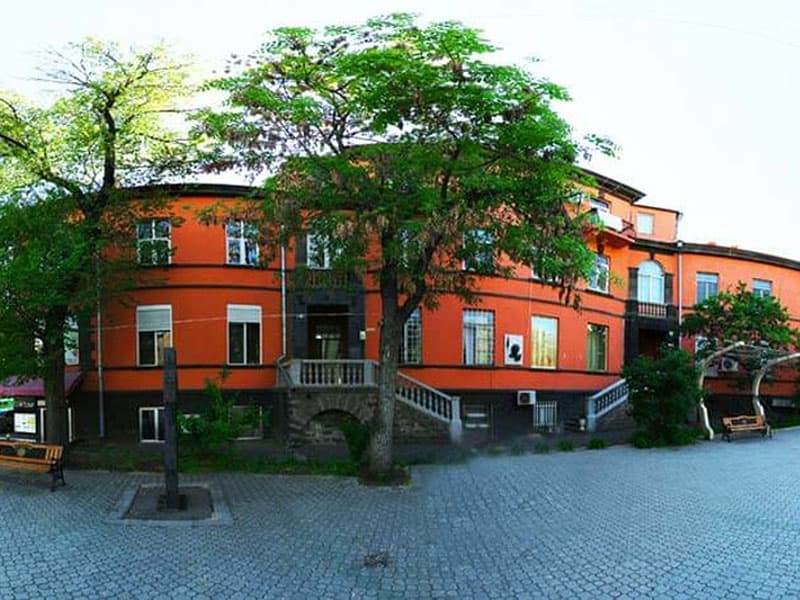
House-museum of Alexander Spendiaryan
Alexander Spendiaryan, the well-known Armenian composer, the founder of the national symphonic music and conductor has a great contribution to the history of Armenian culture. He is the author of the famous “Almast” opera, the symphony “Three Palms” and other works that reflect the spirituality of the nation.
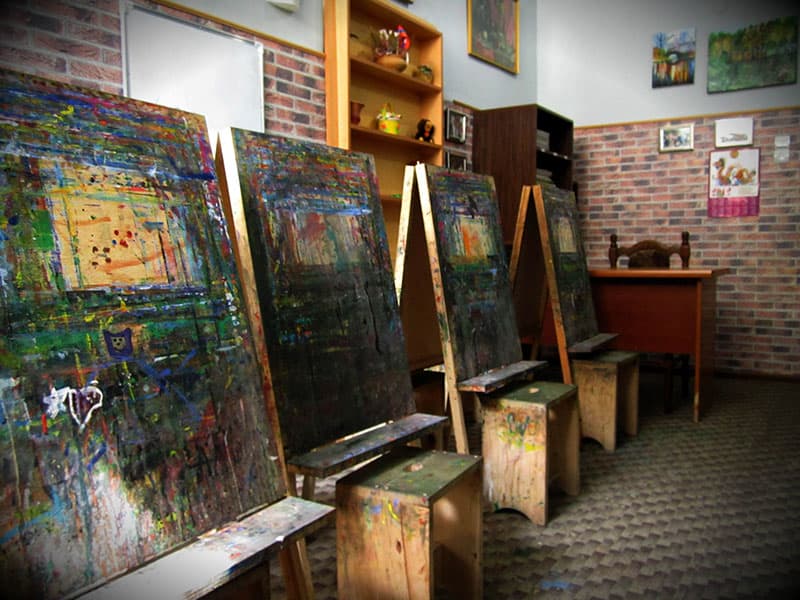
National Center of Aesthetics
The world’s first Children’s Art Museum was opened on March 13, 1970 in Yerevan. Thanks to the efforts of art critic Heinrich Igityan and his wife Jeanne Agamiryan, the project became a reality. From all over Yerevan and the suburbs, they collected drawings and crafts of young artists and in a short time, the museum’s collection became richer by a few hundred expositions.
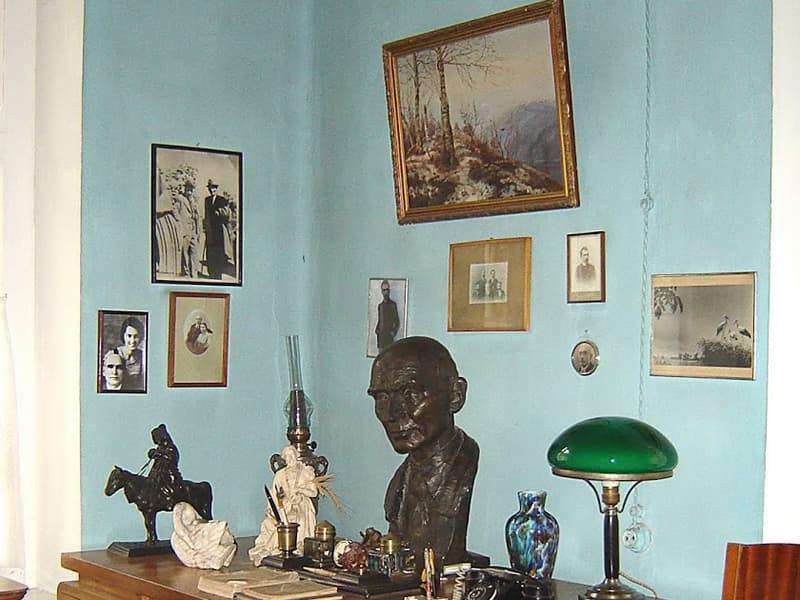
House-Museum of Derenik Demirchyan
The house-museum of the famous Armenian dramatist Derenik Demirchyan was opened by the writer's centenary. The museum is located in the house where Derenik lived since 1929 and died.
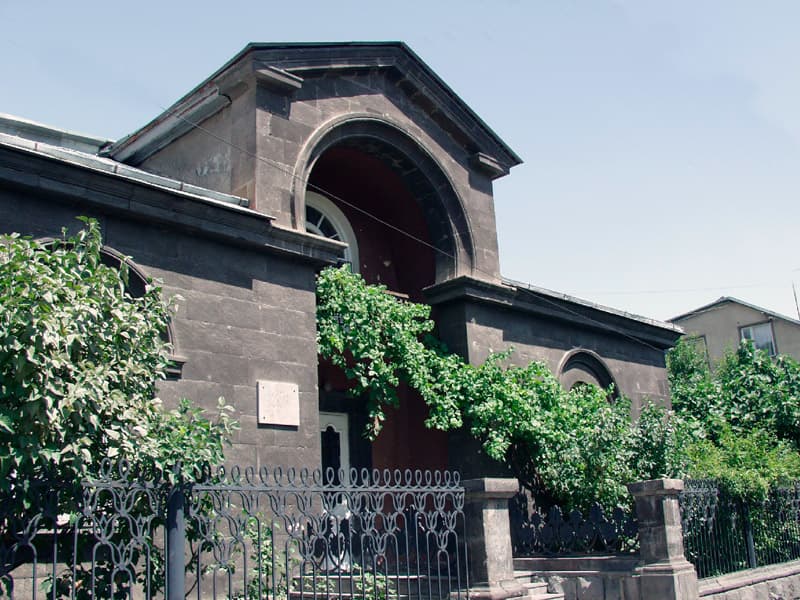
House-Museum of Avetik Isahakyan
The house-museum of Avetik Isahakian, in which he lived the last ten years of his life, is located in a secluded place on Zarobyan Street. The museum was opened in 1963 as a sign of respect for the memory of the great writer.
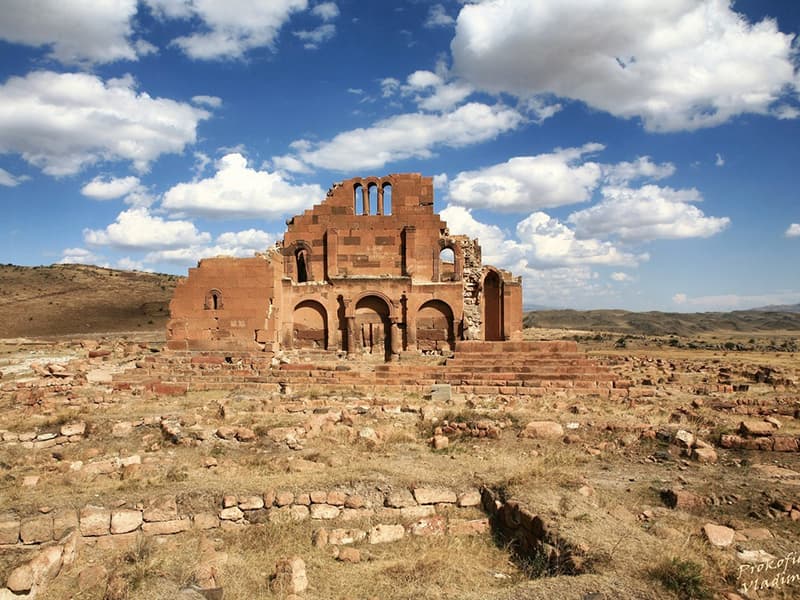
Yererouk Basilica
The Yererouk Basilica is located in the village of Yererouk (Anipemza), near the Akhuryan River, Shirak region. The basilica was built in the second half of the V century by the princes of the Kamsarakan family, who at that time owned those lands.
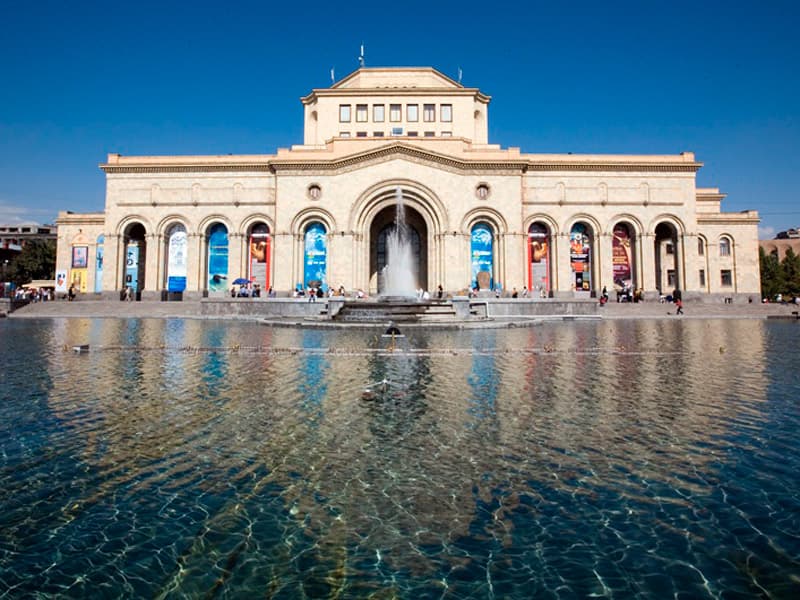
The National Gallery of Armenia
Museums and galleries are a reflection of the culture and history of any country. Armenia is often associated with foreigners as a “huge open-air museum”, thanks to ancient monasteries, temples, fortresses and khachkars, preserved for thousands of years of existence of this ancient country.
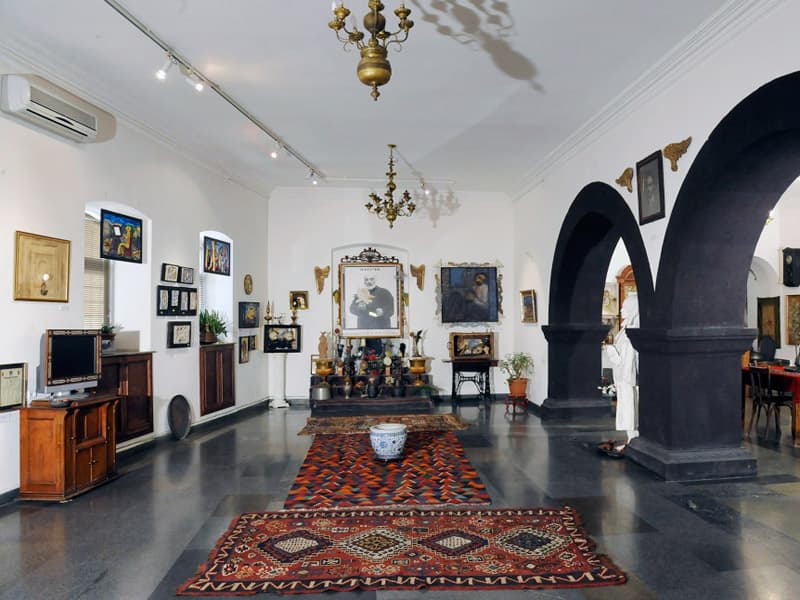
Museum of Sergei Parajanov
A genius with Armenian roots who had never lived in his native country now has his own house-museum, with all his heritage kept. The great director Sergei Paradzhanov, the founder of a new direction in cinematography, is famous all over the world.
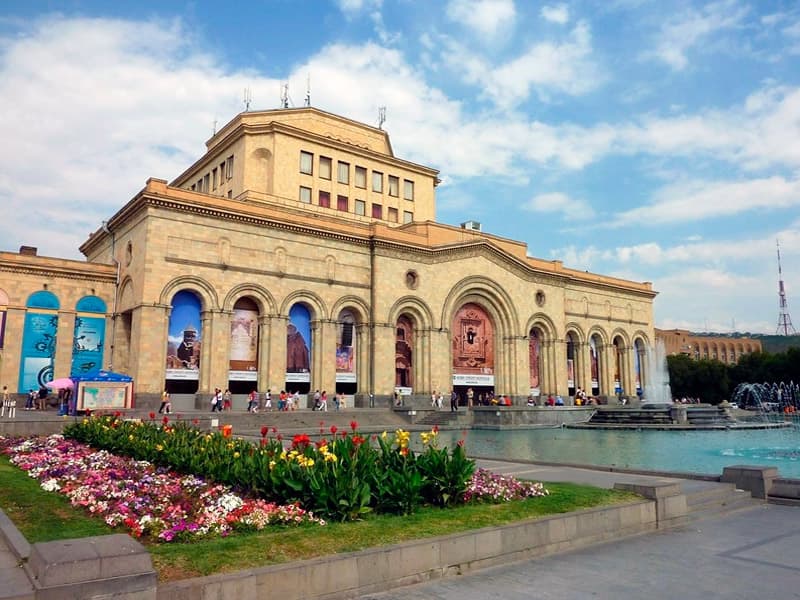
History Museum of Armenia
The main museum of Armenia is the National History Museum, located on the Republic Square. The elegant and refined museum building is one of the most famous postcards of Yerevan. This miracle of architecture, together with “singing fountains” in front of it, harmoniously blends into the overall architectural ensemble of the Republic Square.
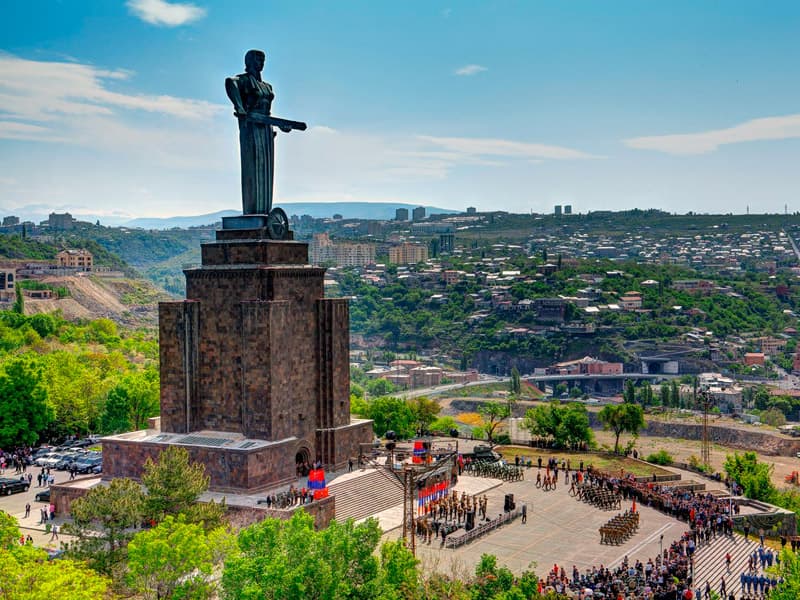
Mother Armenia Military Museum
Mother Armenia military museum is located in Victory Park under the monument of Mother Armenia, which stands high on a hill. From here one of the best panoramas of Yerevan opens. The monument was opened in 1967 on the site of the statue of Stalin. The 22-meter figure of Mother Armenia became one of the main symbols of Yerevan: a symbol of the courage of the people.
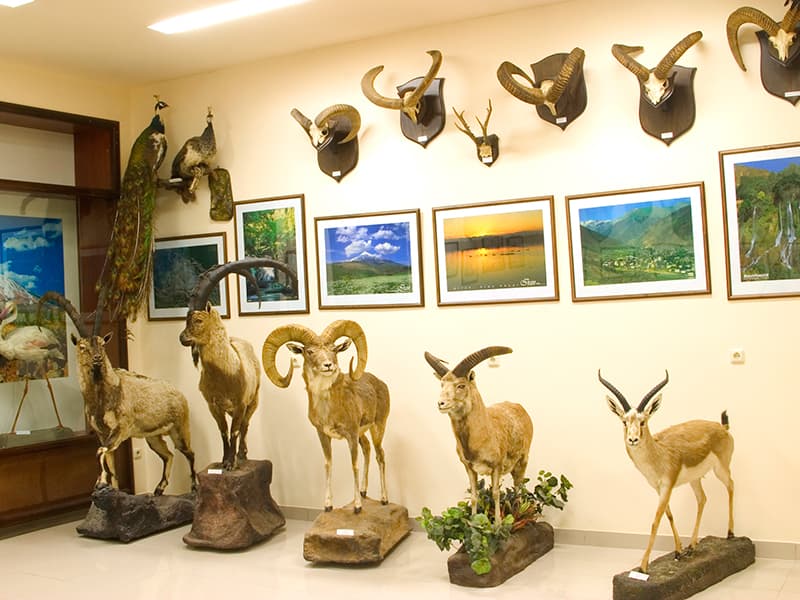
The State Museum of Nature of Armenia
The State Museum of Nature of Armenia was opened in 1952 in Yerevan. Until 2004 the museum was located in a building on the territory of the Blue Mosque. Then it was moved to a new building built thanks to sponsors, in particular, philanthropist Levon Aharonyan from Iran. Levon Aharonyan also presented more than 100 exhibits to the museum.
1
...
10
11
12
...
32
